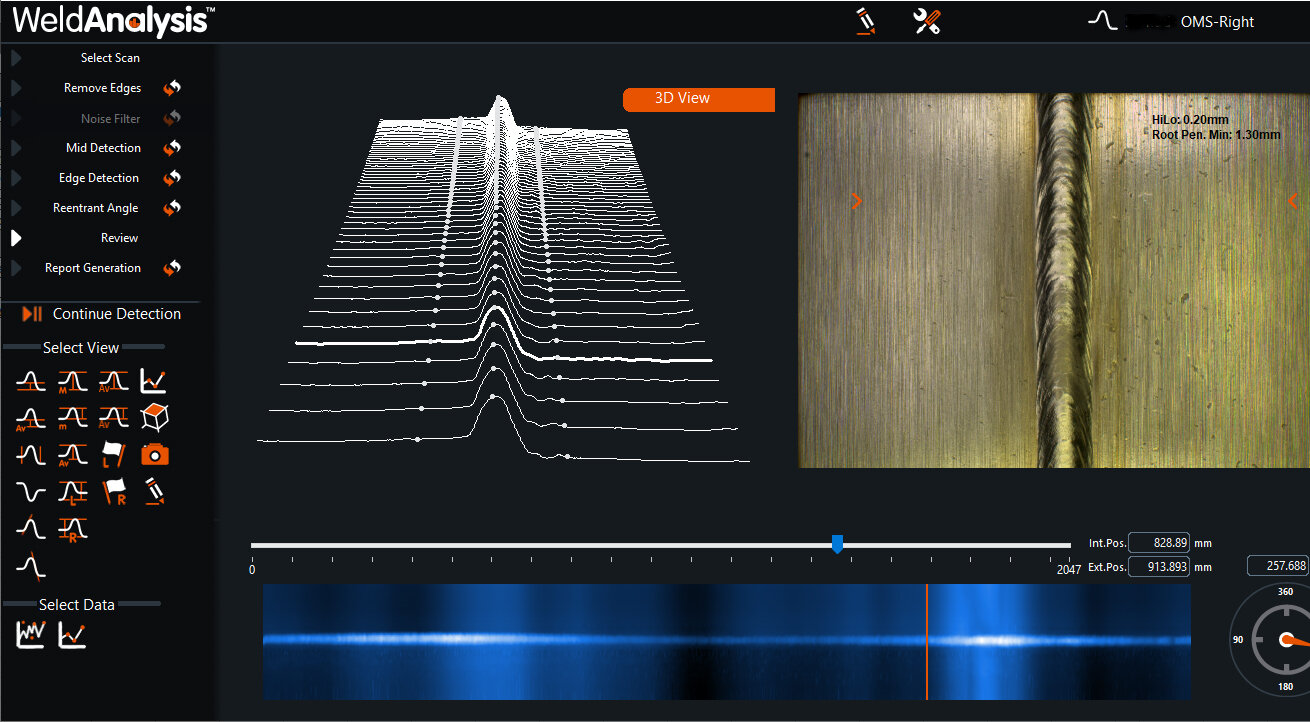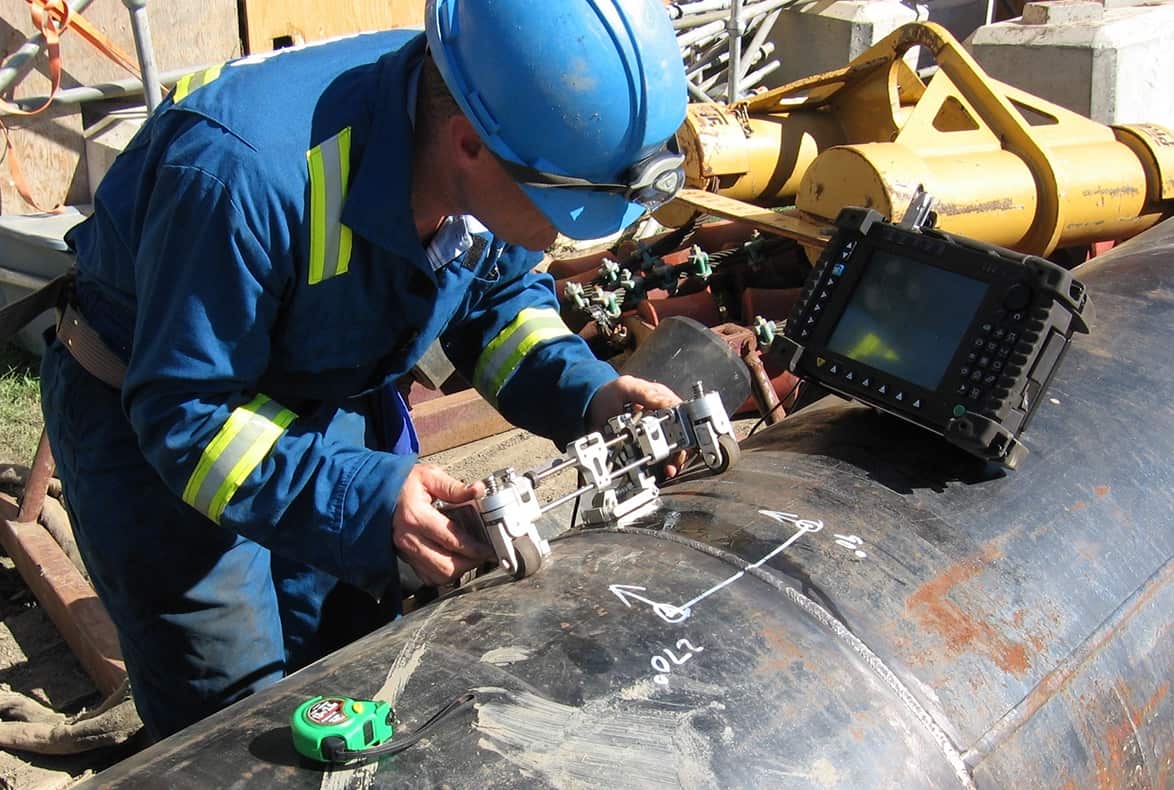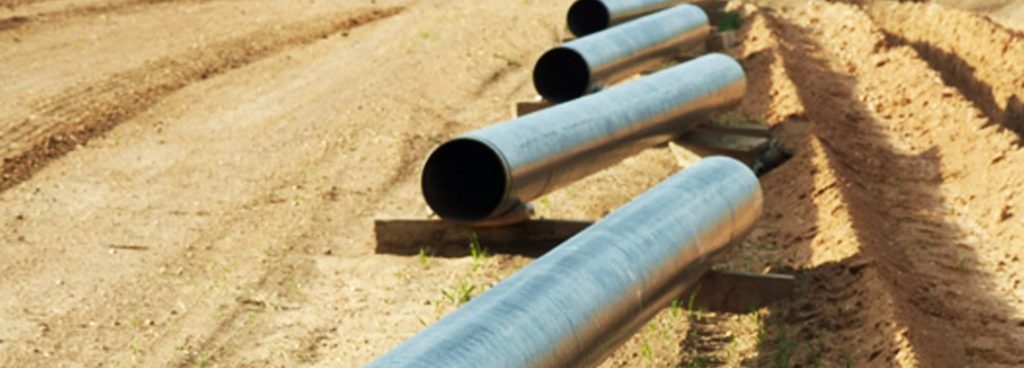Comprehensive Guide to Pipeline Welding Assessment: Ensuring Integrity and Safety in Pipeline Building And Construction and Upkeep
The integrity and safety and security of pipelines are extremely important in today's framework landscape, emphasizing the critical function of welding assessment in pipeline building and construction and maintenance. Pipeline Welding Inspection. The complexities involved in welding evaluation raise significant questions concerning sector standards and the developing technologies that may redefine these techniques.

Importance of Welding Assessment
Welding inspection plays a critical duty in making sure the stability and security of pipeline systems. It offers as a basic process that verifies the top quality and reliability of bonded joints, which are often one of the most susceptible factors in pipeline construction. Through methodical assessment, inspectors can identify potential defects such as cracks, porosity, and insufficient combination, which may compromise the architectural integrity of the pipe.
The importance of welding assessment extends beyond simple conformity with market standards; it additionally safeguards public health and the environment. Pipelines bring unsafe materials position considerable dangers if failures take place. Effective assessment procedures help protect against tears and leakages, alleviating environmental damages and protecting communities. Furthermore, extensive inspections can boost the durability of pipe systems, minimizing the need for pricey repairs and downtime.
In addition to ensuring safety and security and compliance, welding assessment cultivates a society of quality control within companies. By focusing on examination throughout the welding procedure, business can develop an online reputation for dependability and quality, ultimately causing enhanced client confidence and company chances (Pipeline Welding Inspection). Thus, the importance of welding examination can not be overemphasized in the context of pipe construction and maintenance
Key Welding Processes
Different welding processes are used in pipeline construction, each with its very own advantages and applications. Among one of the most extensively utilized methods are Secured Steel Arc Welding (SMAW), Gas Tungsten Arc Welding (GTAW), and Gas Steel Arc Welding (GMAW) SMAW is preferred for its flexibility and capability to do well in different ecological problems, making it suitable for area applications.
GTAW, frequently referred to as Tungsten Inert Gas (TIG) welding, is acknowledged for its capacity to produce top notch welds with outstanding control over warm input, making it excellent for thin-walled pipelines and stainless steel materials. GMAW, or Metal Inert Gas (MIG) welding, uses high deposition prices and is effective for massive projects, frequently used in the manufacture of pipelines in controlled settings.
In Addition, Submerged Arc Welding (SAW) is made use of for its deep infiltration and high productivity, specifically in the building and construction of large-diameter pipelines. Each of these processes adds to the overall honesty and safety and security of pipe buildings, making it possible for welders to choose one of the most ideal method based on product type, project requirements, and environmental conditions. Understanding these vital welding procedures is crucial for reliable pipe welding examination.
Usual Problems and Their Influence

Porosity, defined by little gas pockets caught within the weld, weakens the product and can bring about leaks. Splits, which may happen as a result of thermal tensions or inappropriate cooling, can result and circulate in architectural failure under pressure. Undercutting, where the base steel is worn down along the weld bead, decreases the efficient cross-section of the pipeline, boosting the danger of crack.
Insufficient fusion takes place when the weld metal does not appropriately bond with the base metal, resulting in weak locations that may fall short under stress and anxiety. Slag incorporation, the entrapment of non-metallic material moved here within the weld, can also compromise the joint's honesty. Identifying and attending to these flaws early in the construction process is important to ensuring the long-lasting integrity and safety and security of pipe systems, thus securing both the framework and the setting.
Examination Tools and techniques

Aesthetic examination is the initial line of protection, enabling assessors to recognize surface irregularities, misalignment, or various other visible defects. Ultrasonic testing uses high-frequency acoustic waves to identify internal flaws, offering precise deepness measurements and characterizing problems without damaging the weld. Radiographic testing makes use of X-rays or gamma rays to produce pictures of the weld, allowing the identification of interior spaces, fractures, or incorporations.
Magnetic fragment screening is specifically efficient for spotting surface and near-surface discontinuities in ferromagnetic materials. This strategy includes applying a magnetic field and great iron particles to the weld, revealing flaws with the buildup of fragments at important site problem websites.
Along with these strategies, specialized tools such as automated ultrasonic screening devices and electronic radiography systems enhance evaluation accuracy and performance, making certain a complete examination of pipeline welds during building and maintenance.
Best Practices for Conformity
Abiding by finest methods for conformity in pipe welding examination is crucial for guaranteeing the honesty and security of the facilities. Organizations should develop a comprehensive top quality monitoring system that straightens with industry requirements such as ASME, API, and AWS. This includes creating detailed welding procedures that specify the certifications, strategies, and products needed for welders.
Regular training and certification of evaluation employees are necessary to preserve high proficiency levels. Inspectors ought to recognize with different non-destructive screening (NDT) methods, consisting of ultrasonic screening, radiographic screening, and visual examination, to successfully determine possible flaws.
Documentation plays a crucial duty in conformity; keeping precise documents of evaluations, weld treatments, and workers certifications aids to make sure traceability and responsibility. Scheduled audits and evaluations of welding techniques need to be conducted to recognize areas for improvement and ensure adherence to developed protocols.

Verdict
In final thought, the execution of extensive welding inspection methods is vital for ensuring the honesty and safety and security of pipe building and maintenance. Continual improvement in inspection processes will certainly contribute to the longevity and integrity of pipe systems, emphasizing the essential role of welding inspection in the sector.
The integrity and security of pipes are vital in today's facilities landscape, highlighting the critical duty of welding assessment in pipeline building and upkeep. Comprehending these crucial welding procedures is essential for reliable pipeline welding examination.
Sticking to ideal methods for compliance in pipe welding inspection is essential for making sure the stability and security of the infrastructure.In conclusion, the implementation of strenuous welding inspection procedures is vital for making certain the honesty and safety of pipeline building and construction and maintenance. Continual enhancement in inspection processes will contribute to the long life and reliability of pipeline systems, emphasizing the essential role of welding examination in the industry.
Comments on “Why Pipeline Welding Inspection is Essential for Long-Term Pipeline Safety And Security”